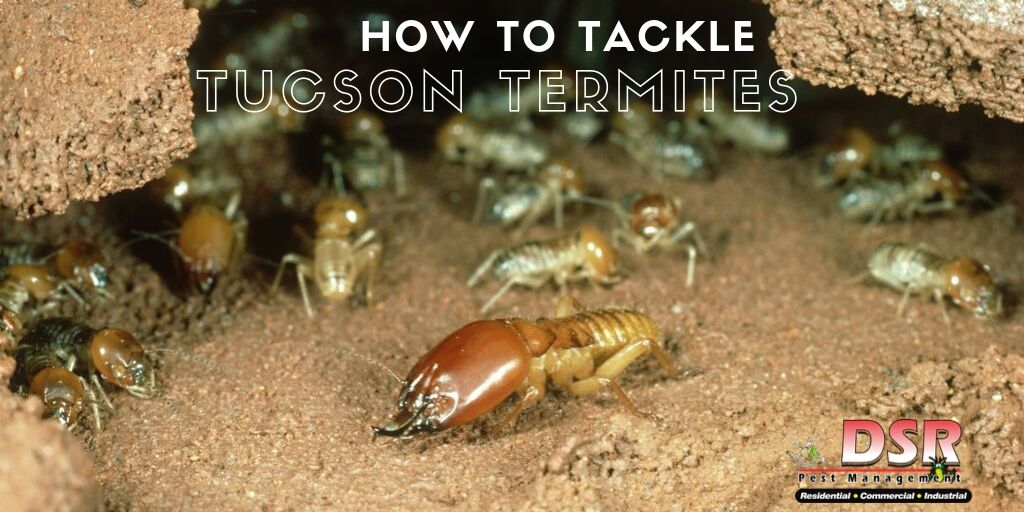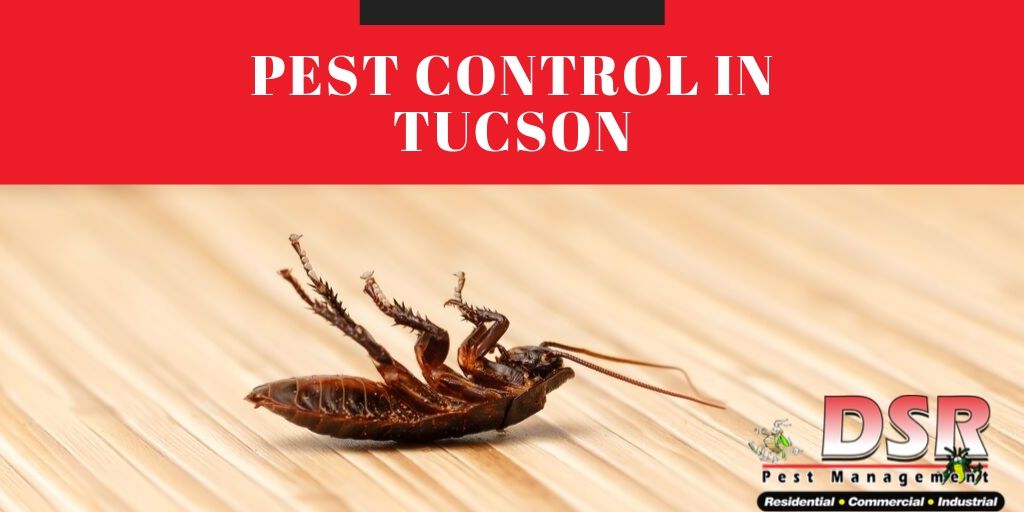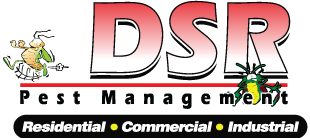How to Tackle Tucson Termites

Wondering how to tackle Tucson termites? Termites, also known as “white ants” are actually closer related to cockroaches than they are the ant family. They typically hang out in groups called colonies. There are roughly 3,000 different species of termites, yet only 300 or so are considered pests. Among those 300 are the two types […]
Pest Management in Tucson

As a homeowner or renter, you enjoy the comfort of your own furnishings, a unique style and the shelter from outside elements. Namely, the Tucson heat and its insects. Just as much as you enjoy a respite from the high temps, so do the many bugs here in Tucson. When these insects begin to invade […]
Monsoon Season Pests: What to Know

Monsoon Season Pests are headed our way… The temperatures are dropping and we find ourselves getting just a bit of relief. Our natural instinct is to spend time outside, either in our yards or on our porches and balconies, enjoying the 20-degree break in warmth and to ogle over the changing skylines. Within seconds, you […]
Keeping Your Home Pest-Free in the Winter

When it comes to winter, there are few places in the world better to be than Tucson. While the rest of the country is shoveling snow or battling ice storms, Southern Arizonans are making tee times at their local golf course, hiking one of our beautiful trails, or barbecuing in the backyard. When it comes […]
Top 5 Pest-Prevention Habits for Arizonans

If you’ve been in Southern Arizona for any amount of time, you’re already well aware Tucson is home to many unique critters and pests. The desert landscape and dry climate can leave pesky insects, reptiles, and rodents looking for shelter inside your home to escape the heat or the downpour of a monsoon. Not only […]
Knowing When Termites Are Present in Your Home

When it comes to Termites, Tucson relies on DSR! Termites are extremely destructive pests that can cause extensive damage to the structure of your home in just a short period of time. Thus, the key to preventing termite damage is knowing how to spot the earliest signs of a termite infestation. As soon as you […]
